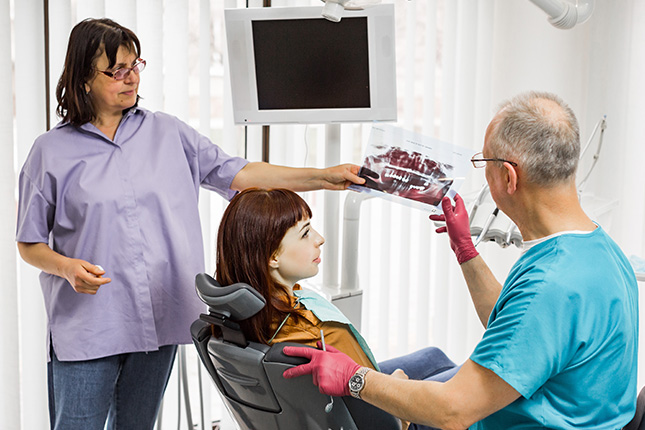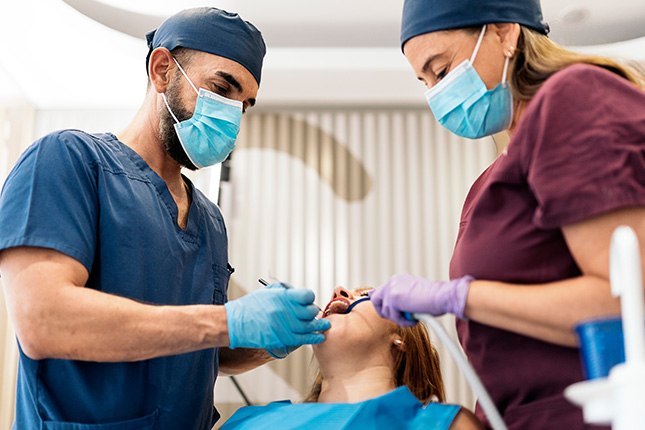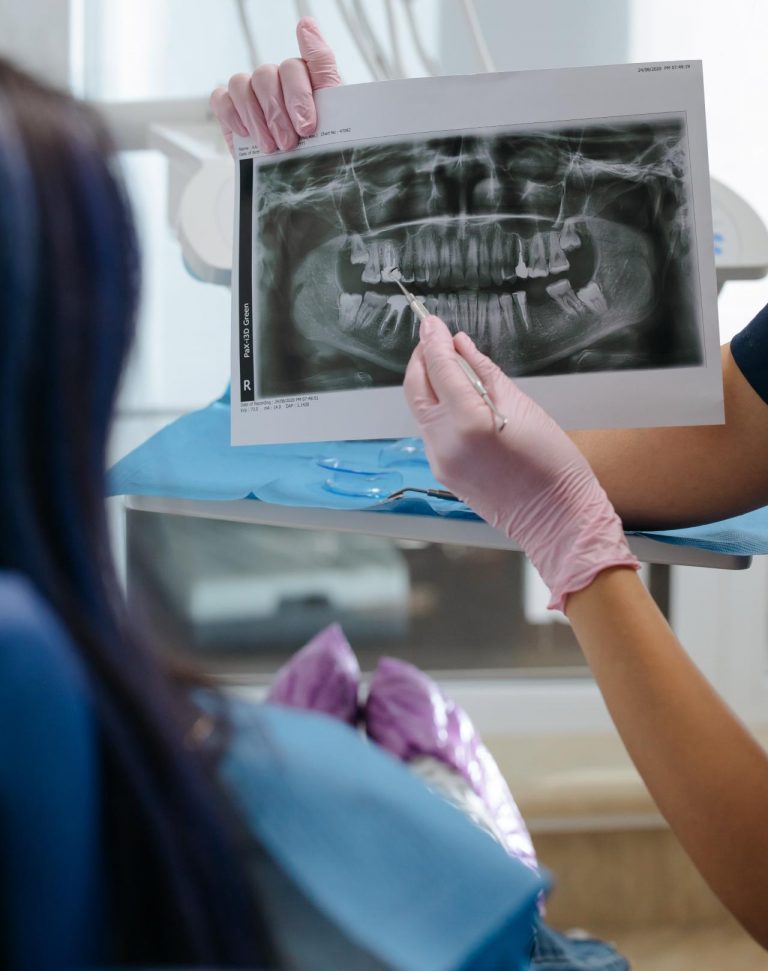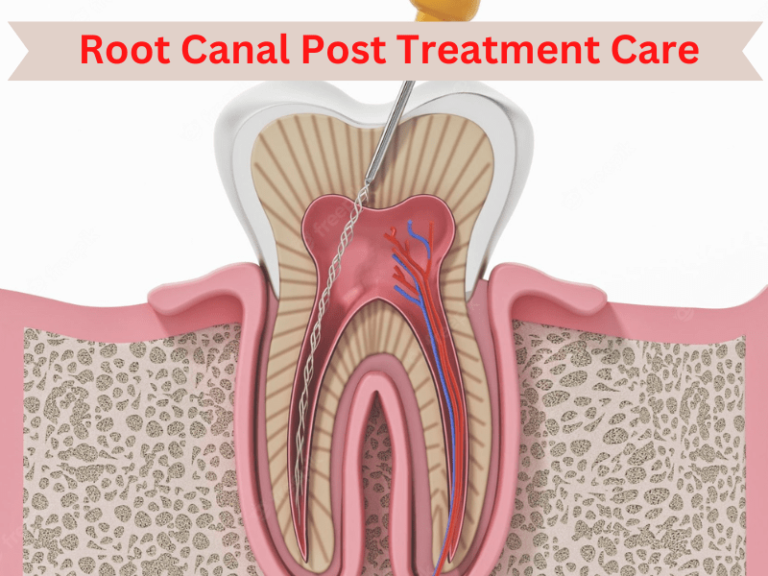Root canals are a common dental procedure aimed at saving a tooth that’s severely infected or damaged. However, the healing process is key to ensuring the success of the treatment and minimizing discomfort. In this guide, we’ll discuss everything you need to know about post-root canal recovery, from pain management to diet and self-care tips.
What to Expect After a Root Canal
A root canal is a procedure to remove infected or damaged tissue from inside the tooth, preventing further infection and restoring the tooth’s function. While most patients feel relief afterward, it’s common to experience mild to moderate discomfort, which usually fades within a few days. Here’s a breakdown of what you might experience and how to manage it effectively:
- Pain and Sensitivity:
You may feel some sensitivity in the treated tooth, especially when chewing. Mild pain is expected, but it should be manageable with over-the-counter pain relievers. - Swelling and Tenderness:
Some swelling around the gum line or tenderness is natural, but it should subside within a couple of days. If the swelling persists or worsens, contact your dentist immediately. - Minor Bleeding:
Although uncommon, you may notice minor bleeding in the initial hours post-procedure. Rinsing gently with warm salt water can help cleanse the area.
Tips for a Comfortable Post-Root Canal Recovery
While each patient’s recovery varies, here are proven strategies for a smooth and comfortable healing process.
1. Follow Your Dentist’s Instructions
After the root canal, your dentist will provide detailed instructions for aftercare, including medication, diet, and hygiene tips. It’s essential to follow these guidelines closely to prevent complications and expedite recovery.
2. Manage Pain and Inflammation
For many patients, over-the-counter pain medications, like ibuprofen or acetaminophen, are sufficient to manage discomfort. These medications not only relieve pain but also reduce inflammation, which aids the healing process. Avoid chewing on the treated side to minimize irritation, and use an ice pack on the cheek near the treated area to relieve inflammation and reduce pain.
3. Maintain a Soft Diet
Eating softer foods can help avoid irritation around the treated area. Good food choices include yogurt, scrambled eggs, oatmeal, mashed potatoes, and smoothies. Avoid sticky or crunchy foods that may put pressure on the tooth and cause discomfort.
4. Avoid Strenuous Activity
Exercise can increase blood flow, which might lead to discomfort in the treated area. Try to avoid vigorous activities like lifting heavy objects or high-intensity workouts for at least 24-48 hours following the procedure.
5. Practice Good Oral Hygiene
While it may feel uncomfortable to brush or floss the treated area, maintaining oral hygiene is essential. Use a soft-bristled toothbrush and avoid vigorous brushing around the treated tooth. Rinsing with warm salt water (half a teaspoon of salt in eight ounces of water) can help keep the area clean and reduce the risk of infection.
6. Limit Smoking and Alcohol Consumption
Both smoking and alcohol can interfere with the healing process. Smoking can lead to infection by slowing down blood flow to the gums, while alcohol may irritate the treated area. It’s recommended to abstain from smoking and alcohol for at least 48 hours after the procedure.
Signs of Complications: When to Contact Your Dentist
Though complications are rare, it’s essential to know the warning signs. If you experience any of the following symptoms, reach out to your dentist promptly:
- Persistent or worsening pain beyond a few days
- Swelling that doesn’t subside
- Pus or unusual discharge from the treated tooth
- A loose filling or crown on the treated tooth
Seeking timely help for any complications ensures they can be addressed before they lead to more severe issues.
Long-Term Care for Your Root Canal Treated Tooth
Once your root canal has healed, it’s important to continue caring for your teeth to prevent future issues. Scheduling regular dental check-ups every six months allows your dentist to monitor the treated tooth and ensure everything is healthy. Proper oral hygiene, including brushing twice a day and flossing daily, will also protect your teeth and prevent infection or decay.
Final Thoughts
Root canal recovery can be smooth and manageable with the right approach and consistent care. By following these tips and staying vigilant for any warning signs, you can ensure a successful recovery and protect your tooth’s health in the long run. Remember, if you have any concerns during your recovery, don’t hesitate to contact your dentist—they’re there to help guide you through a comfortable and complication-free healing process.For more information on root canal recovery or other dental treatments, feel free to reach out to your dental care provider.





